Want to travel light but still come home with great images? Matt Golowczynski shows how to lighten your load while raising your hit rate with his travel photography tips.
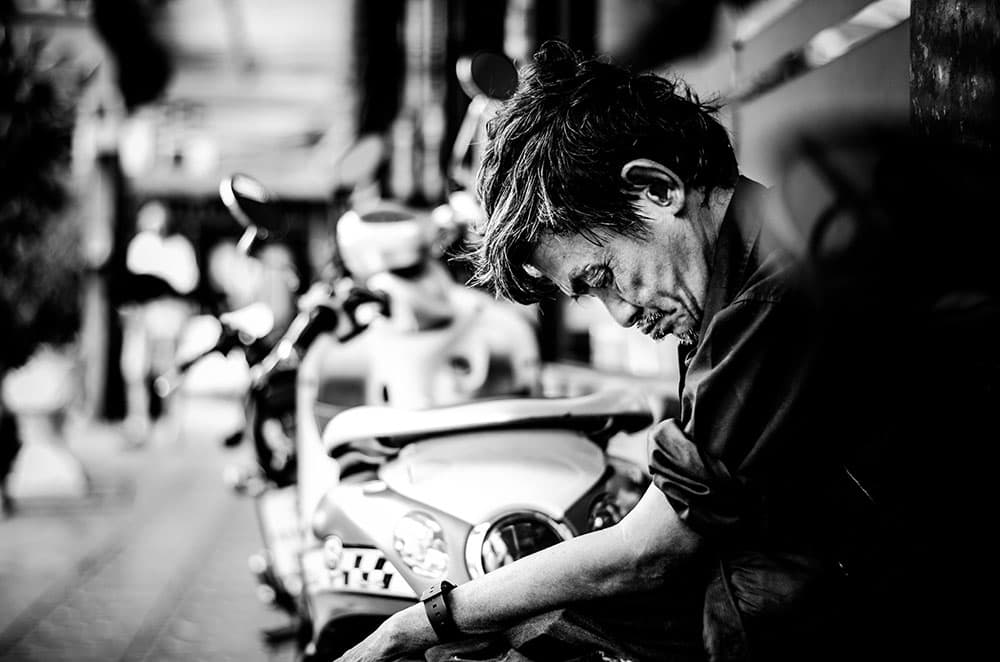
The maximum aperture range of a standard or superzoom lens can be limiting. Having a lightweight wide-aperture lens, such as a 50mm f/1.8, can give you greater flexibility with regards to depth of field
Checklist
- Primary camera
- Compact camera
- All-purpose zoom lens
- Wide-aperture prime lens
- Polariser or ND grad
- Travel tripod, Gorillapod or similar support
- Lens hood(s)
- Memory cards and storage
- Card reader
- Hard drive or flash drive
- USB cables
- Powerbank
- Lens cloth or lens brush
- Spare batteries
- Travel adapter
If you have ever travelled with the intention of taking photographs, you’ll no doubt already appreciate that what you do and don’t take becomes a much greater concern than normal. Your existing gear may be ideal from a technical perspective, but it may be too heavy, valuable or in some other way impractical to use when you’re away from home. A more portable set-up may serve you better in many ways, but this will typically come with its own limitations.
Achieving the right balance can sometimes be difficult, but today’s travelling photographer is better served than ever. With cameras, the ratio of performance to size continues to grow for the better, while cleverly designed lenses and space-saving bags can maximise what you can take with you. Even just the right couple of accessories can render otherwise essential kit as optional.
Cameras and lenses

With a focal length range equivalent to 24-200mm in 35mm terms, and weather-resistant construction, the M.Zuiko ED 12-100mm f/4 IS PRO is a fine choice for Micro Four Thirds users
There’s no one ideal set-up for travel, as much of what matters depends on where it is you’re going, together with your shooting style. Weather-resistant cameras, for example, can provide reassurance if you’re heading out into the desert or trekking up a snowy mountain, but for a city break during the summer this protection isn’t as important.
Still, for most people, a smaller and/or lighter body to the one they normally use will be the priority. The most common options here stretch from relatively advanced compact cameras through to mirrorless models and DSLRs based around an APS-C sensor.
High-performing compacts that retain a pocket-friendly form and a zoom lens include those within Sony’s RX100 line, Panasonic’s LX models and Canon’s various PowerShot G options. Most of these incorporate relatively large sensors, although their zoom ranges will be more limited because of this. One alternative that successfully breaks this convention is the Panasonic Lumix TZ100, which blends a 20.1MP 1in sensor with a 25-250mm (equivalent) zoom lens.
Superzoom cameras styled more like a DSLR used to be overlooked, partly on account of their small sensors, but more recent models such as Sony’s RX10 series and Panasonic’s FZ1000 and FZ2000 models have upped the standard by including 1in sensors with more moderate focal ranges.
Most mirrorless models, and in particular those that aren’t fashioned like a traditional DSLR, would probably be small and light enough to be considered in place of a bulkier DSLR, so it’s perhaps best to think about other key criteria – such as the lens and sensor combination – when it comes to making your decision.
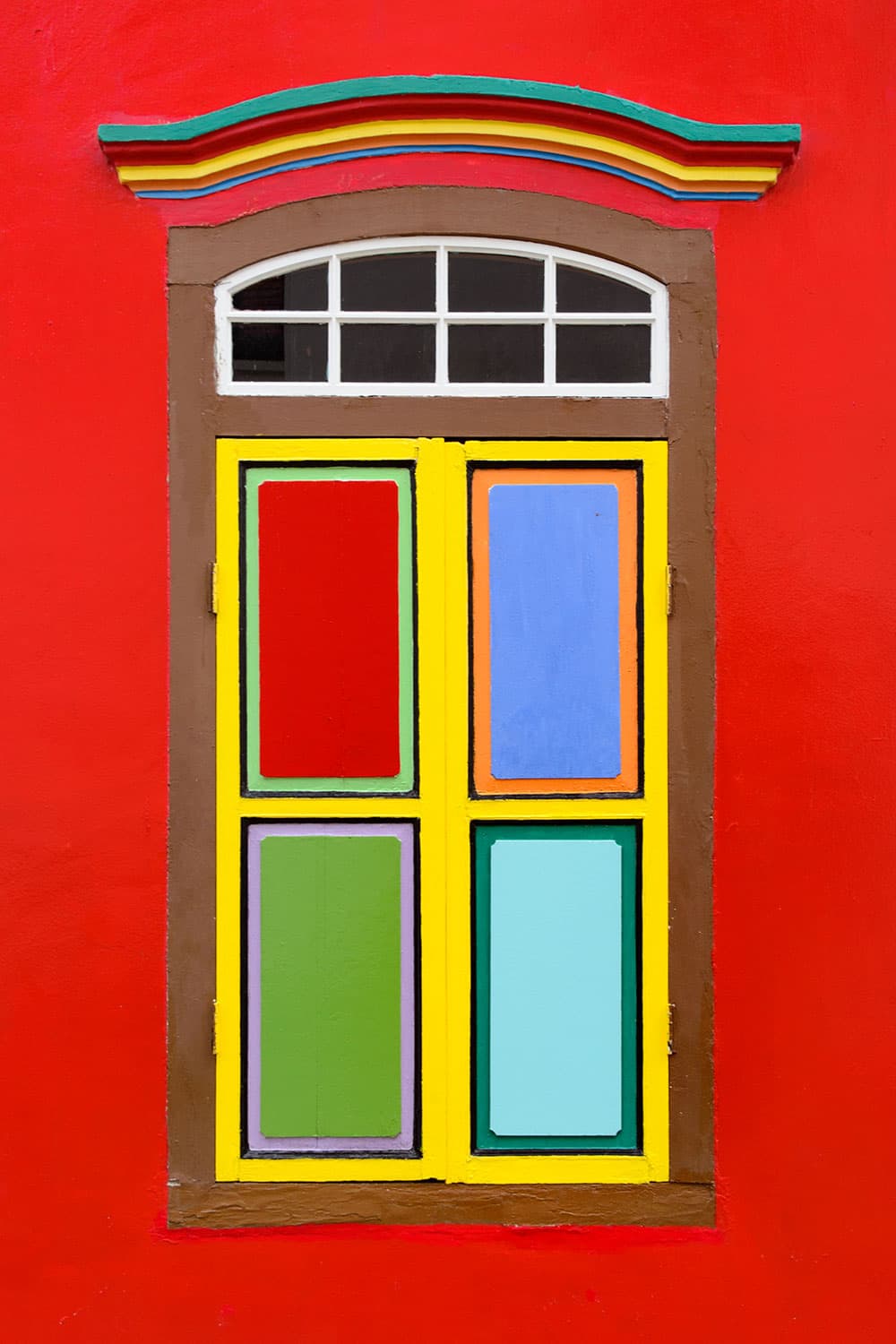
If you do decide to take a superzoom lens away with you, make sure you enable in-camera corrections to keep common aberrations such as distortion and vignetting out of your pictures
For example, for some types of photography, the Nikon 1 system could be ideal. The system has produced some very compact models to date, and is one of many to use a retractable design for some of its lenses that makes them more portable when not in use. Furthermore, the crop factor of its sensors combined with the size and weight of its optics makes it possible to achieve effective telephoto focal lengths in a much more practical form than with an APS-C or full-frame system.
However, equally important is whether a lens you might want to use with it actually exists as a native option and is within budget. In this instance, the much more populated Micro Four Thirds line of optics could make this system a realistic proposition without compromising too much on size.
It’s also important to consider the size and weight combination of the camera and lenses you plan to take away with you, as one will naturally affect the other. Full-frame cameras, for example, range in size right down to Sony’s compact Alpha 7 line, but with a compatible lens that provides the focal range you require, you may not see too great a size advantage over a different camera/lens combination from another stable.
Superzoom-type lenses that span a range of focal lengths for convenience are commonly targeted towards travelling photographers, and while some perform better than others, these are generally geared towards convenience rather than image quality. With the further disadvantage of a relatively limited aperture range, these lenses are quite easy to dismiss. If you do decide to opt for one, however, consider a small and light wide-aperture prime lens as a travelling companion to make it easier to capture images with a shallow depth of field where necessary.
Travel Photography tips – Cameras to consider
Panasonic Lumix TZ100 – £528
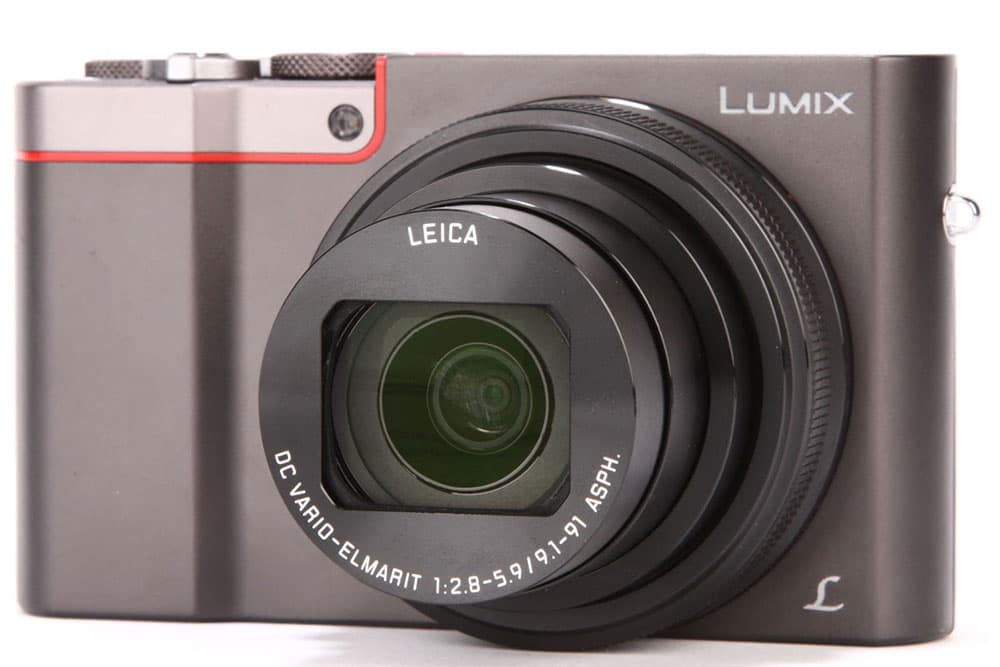
The TZ100 combines a 20.1MP 1in sensor with 25-250mm (equivalent) lens inside a body that fits inside a jacket pocket. The sensor/lens combination delivers far better images than would ordinarily be expected at this level, and it even manages to find space for an electronic viewfinder. The f/2.8-5.9 maximum aperture may put some off, though.
Olympus OM-D E-M10 Mark II – £449 body only
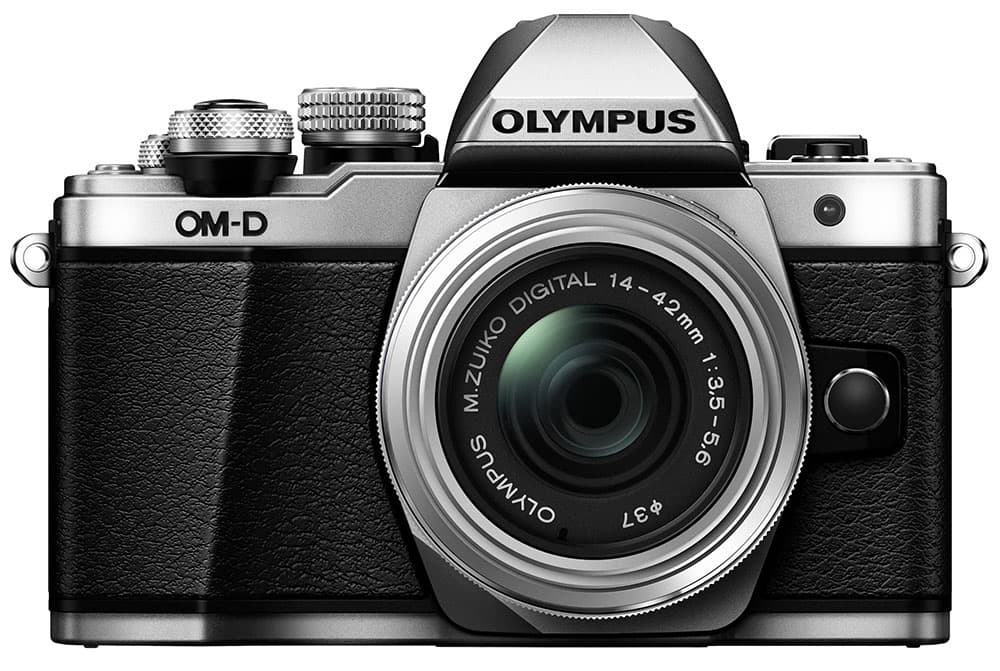
The most junior of Olympus’s OM-D models boasts a 2.36-million-dot viewfinder and five-axis image stabilisation, so it’s great for shooting in dark conditions. The crop factor of its sensor potentially makes it better suited to those capturing more distant details, although the wide choice of Micro Four Thirds optics leaves plenty of wideangle options, too.
Sony Cyber-shot RX10 III – £1,399

With a 20MP 1in sensor, an optic that offers a focal range equivalent of 24-600mm in 35mm terms and image stabilisation, the RX10 III is one of the most tempting all-in-one solutions. It’s the priciest option on this list and quite bulky, but its excellent performance means it could serve as your main workhorse.
Panasonic Lumix GX800 – £429

Panasonic hasn’t updated its GM line of diminutive G-series CSCs for some time, although the most recent GX800 is only marginally bigger than the last model, the GM5. It doesn’t have the GM5’s viewfinder, but it does have a tilting LCD, built-in flash and 4K video recording.
Pentax K50 – £389 body only
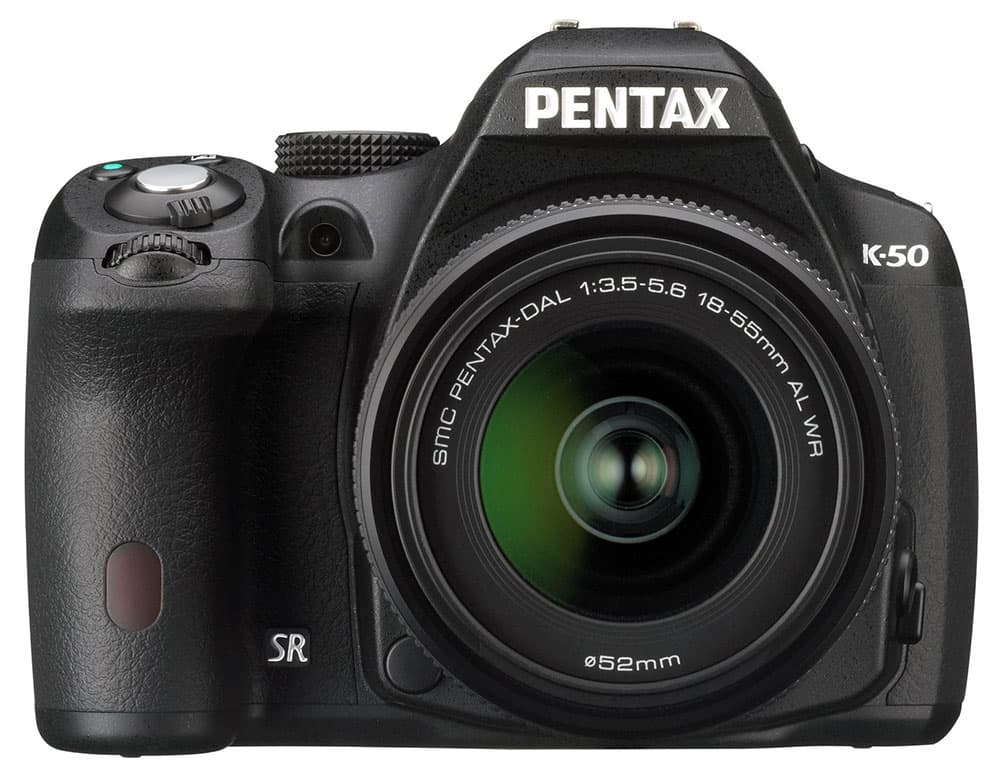
The K50 may be one of the cheapest DSLRs currently available but, in true Pentax form, it offers a number of useful features that’ll cost you more elsewhere. The weather-sealed body will appeal to those using the camera around water, while the pentaprism viewfinder with 100% coverage is a rarity at this level.
Nikon D5300 with 18-140mm VR Lens – £699
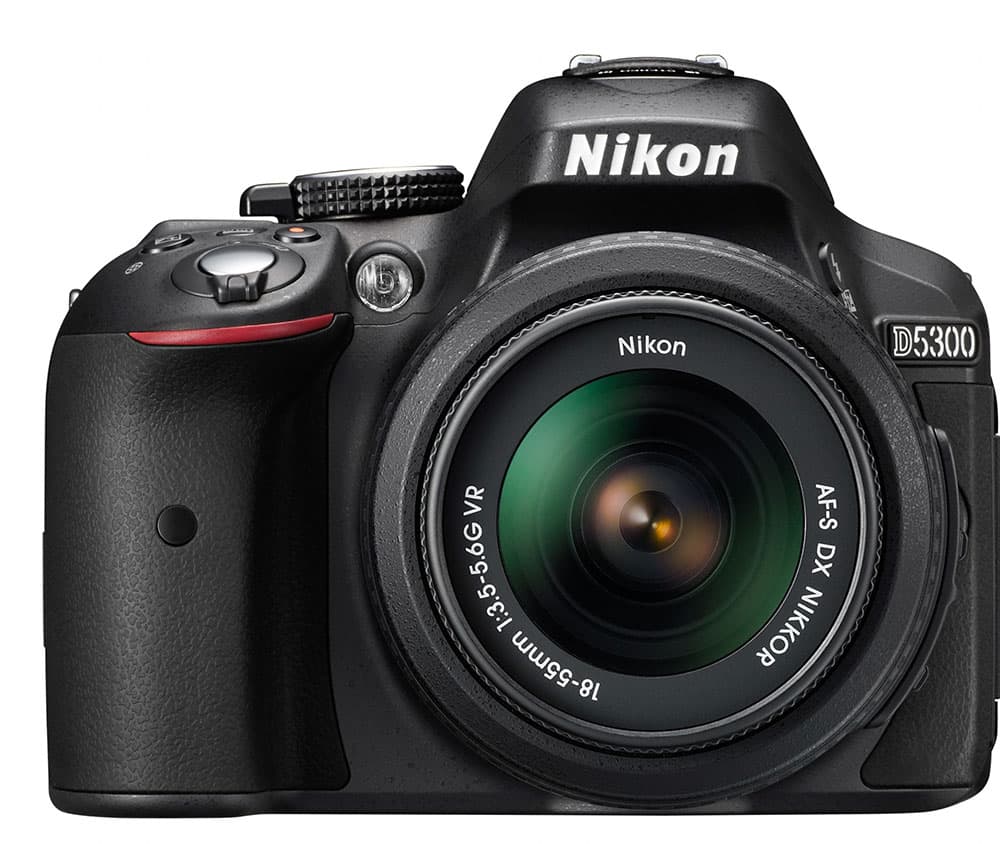
Nikon’s more recent D5600 might be a touch smaller and lighter than the D5300, but the earlier model makes more sense for someone looking for a complete package for travel. Unlike the D5600, it includes a GPS system, and it’s currently bundled with a 18-140mm lens for the same price as the D5600 body alone.
Travel Photography tips – Supports and accessories
The size and weight of conventional tripods makes them less suitable for travelling, but there’s a variety of alternatives that can take their place.
Many manufacturers now carry travel-friendly tripods in their ranges, which are typically designed with legs that fold upwards towards the head for compactness, and these are often very good alternatives to more conventional models (particularly as many extend to similar heights). Usefully, many of these can also fit within hand luggage.
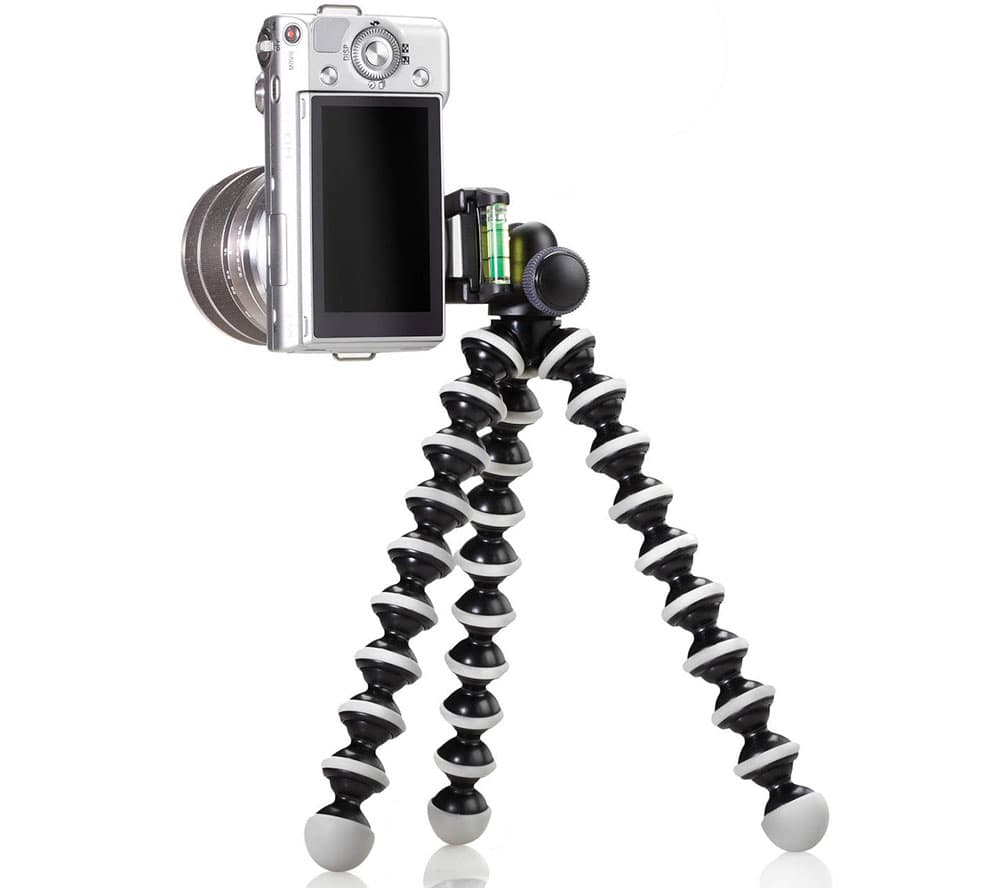
Joby GorillaPod Hybrid with ballhead
A more portable option is a Joby GorillaPod. Although these cannot be positioned to the same height as a regular tripod, their ability to be wrapped around railings and posts and stood on top of walls makes them flexible in places where these are in abundance. Even the more advanced models weigh very little and take up barely any space inside luggage.
If your camera has the option of being charged via its USB port, a powerbank that you may use to charge a phone or tablet would be worth considering. Travel adaptors with built-in USB ports are also available quite cheaply, and those with two USB ports can power up your phone and camera (or powerbank if you have one) at the same time. This also means that you only need your camera’s USB cable, rather than bulky chargers, and gives you the option to continue charging when
you’re not near a socket.

You don’t always need a tripod and a separate cable release for long exposures. This 25-second exposure was taken with a Gorillapod, using the camera’s self-timer option to trigger the exposure
A relatively modern smartphone can also take the place of a larger tablet, guidebook, map or laptop. If you’re heading to a relatively popular destination, there’s a good chance you’ll be able to download an offlline map with walking tours and suggestions, but if you can’t, you may be able to download and save the relevant area through Google Maps, with the advantage of being able to mark places you plan on visiting in advance for easy recall.
You may also want to edit your images on the move so that you can share them while you’re away, and for this you may find the control offered by free apps to be sufficient. Apps such as Photoshop Lightroom for mobile, Snapseed and VSCO offer a great range of control, and they are also free to download.
Essential accessories
- Manfrotto Advanced Travel Backpack, £80: With enough space for a basic camera set-up, together with tripod straps, a laptop compartment and a separate chamber for other items, this bag is a winner.
- Skross Pro Light USB World, £20: This adapter works in more than 200 countries and has two USB ports for added convenience, so it’s great if you plan to cover a number of destinations in one trip.
- MeFOTO BackPacker Air, £100: This 900g tripod can be extended to 151cm, which is impressive when you consider that it folds down to just 26.5cm.
- Joby GorillaPod Hybrid with ballhead, £35: Small enough for most bags and strong enough to support camera/lens combinations up to 1kg, this is a viable option for those capturing long exposures.
- Delkin SD Weather Resistant Tote, £8: This case offers space for eight SD-type cards, and Delkin also promises crush proofing and weather resistance.
- SanDisk Cruzer Blade flash drive (128GB,) £27: This is a significantly smaller alternative to a hard drive that hardly weighs a thing, with enough space for plenty of images.

If your camera or lens features an effective image-stabilisation system, you may want to consider leaving your tripod at home
Baggage restrictions
Although many bags now come with labels that claim compliance with airline baggage regulations, these dimensions are not universally agreed upon between carriers, and can even vary with ticket classes. It’s always best to check what your specific ticket permits on the airline’s website beforehand, and remember to do this for any other airlines you may use during your trip (or on the way back if you’re flying with a different airline).
One of the most popular options for travel is a bag that either offers separate compartments for photographic equipment and non-photographic items, or one that can have its interior customised to provide the best balance between both.
Battery regulations
Rucksacks and sling-type bags are perhaps the most common options, but a combination of a larger shoulder bag and a smaller bag that fits within it is another option.
Airlines have also recently imposed new regulations for travelling with lithium-ion batteries. In general, any spares should be taken in hand luggage rather than checked baggage, and kept in their original packaging or packed separately in a case or plastic bag, with tape over their terminals to prevent them from short-circuiting.
Travel Photography tips – Packing smart
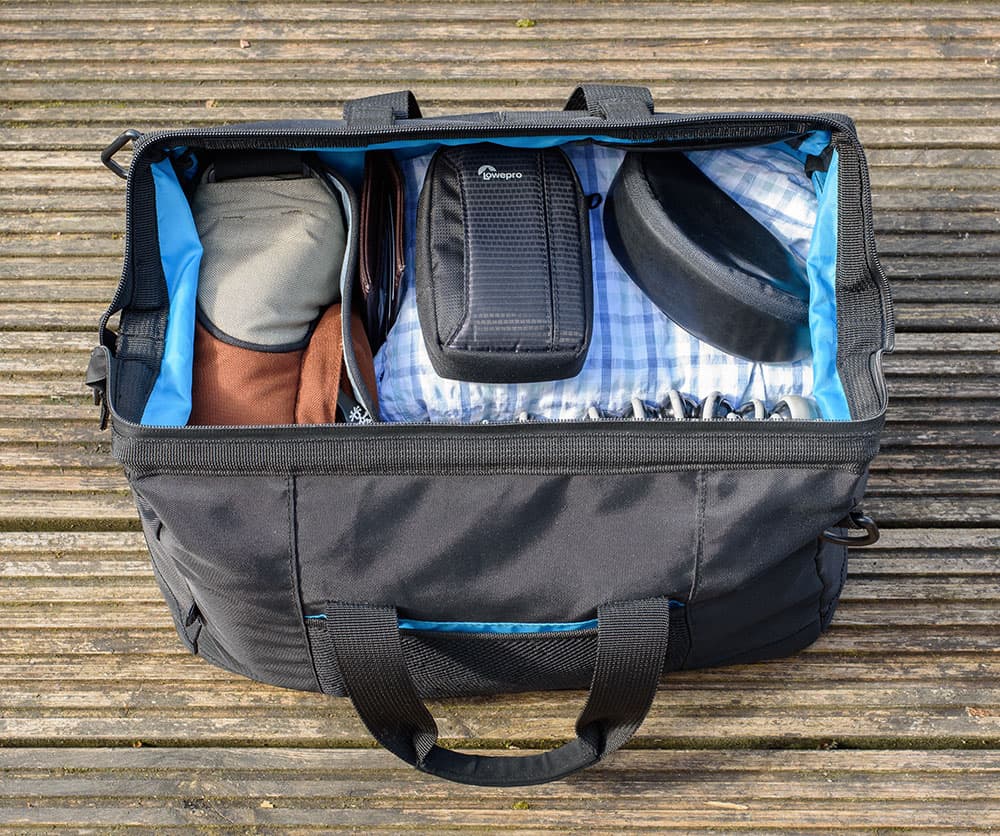
The Cullmann Amsterdam 520 shoulder bag qualifies as hand luggage on most flights
If you’re flying and genuinely looking to travel light, you may want to limit yourself to a single piece of cabin baggage. This is perhaps more practical for a shorter city break rather than holidays lasting a week or more, but it’s perfectly possible to do this with the right bag.
My preference is a Cullmann Amsterdam 520 shoulder bag, whose size (just) enables it to qualify as hand luggage on most airlines. Its chamber can be used without any dividers at all or split into whatever configuration you desire, although this can also be completely removed to free up more space.
Ordinarily, you would not want to place photographic gear into such a bag without any protection, and a bag of this style is hardly the most convenient option for day-to-day shooting. Its chamber, however, is large enough to accommodate another small shoulder bag of mine that fits this purpose. This holds a DSLR and a standard zoom lens together with a range of smaller accessories, and provides enough protection while in transit.
On a budget

Use the self-timer instead of a remote release
To save money as well as weight, divide your list of requirements into needs and wants.
For example, a new battery grip may be useful for extended periods, but a new battery is likely to be considerably cheaper and takes up hardly and space. Likewise, you may feel that you need a remote release for triggering long exposures, but a camera’s self-timer can often be used instead. Hard drives with shockproof casings are also ideal for travelling, but if you don’t imagine you’ll actually use its full capacity, you may be better off with a cheaper USB flash drive.
Products that combine a number of functions into one can save you money and bag space. A single round variable ND filter, for example, can take the place of a number of separate square ND filters and holders.
If you imagine you will only need something for the duration of your holiday, you may also want to consider renting it instead of buying it outright. Better still, if you can do this once you get to your destination, it will save you from having to pack and transport it.
Five tips for travelling light
1 Check your camera for a crop mode

If you plan on taking a full-frame camera, check to see whether it offers a cropped- shooting option. This can save you from packing an additional telephoto lens by increasing your effective focal length (at the expense of output size). Nikon DSLRs have a DX-format crop for example, while Sony models have an APS-C option.
2 Know your battery life

Small cameras often mean small batteries, and these are typically not as powerful as those found inside larger models. Furthermore, most mirrorless cameras can’t match DSLRs for battery life, with constant reliance on autofocus and image stabilisation also having an effect here. Consider investing in an additional battery that you can keep in your kit bag at all times.
3 Check teleconverter compatibility
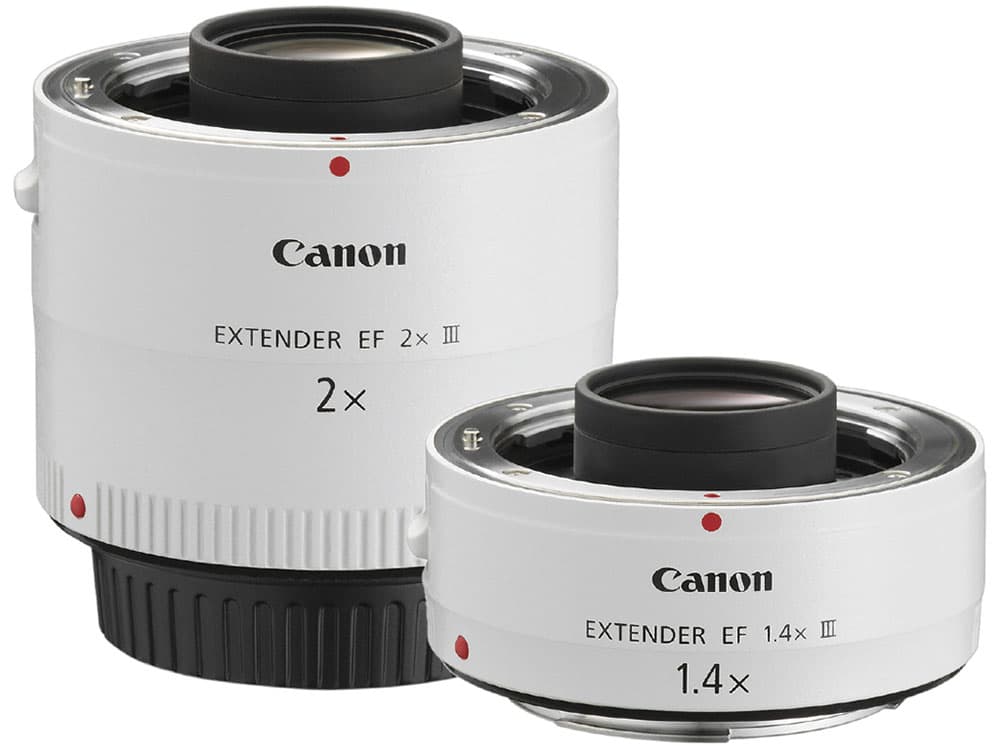
If you require a longer focal length for your travels but don’t necessarily want the expense or inconvenience of buying an additional lens, check whether your existing lenses will work with a teleconverter. Aside from the cost saving, teleconverters will take up far less space in your camera bag and be less of a burden to carry.
4 Don’t pack your camera too deeply

Be aware that as you go through airport security, it’s likely you will be asked to remove your camera, so don’t pack it too deeply. You may even be asked to turn it on to show that it is indeed a functioning camera rather than anything more sinister, so make sure that your battery is charged and inserted before you pack, to avoid any hassle.
5 Consider a hard drive that doesn’t require a computer

If you would like to store and back up your images while you’re away but don’t want to lug a laptop around with you, a hard drive that can be operated without one might be a good solution. The WD My Passport Wireless Pro, for example, can copy up to 3TB of information from SD-type cards without the need for a separate computer.








